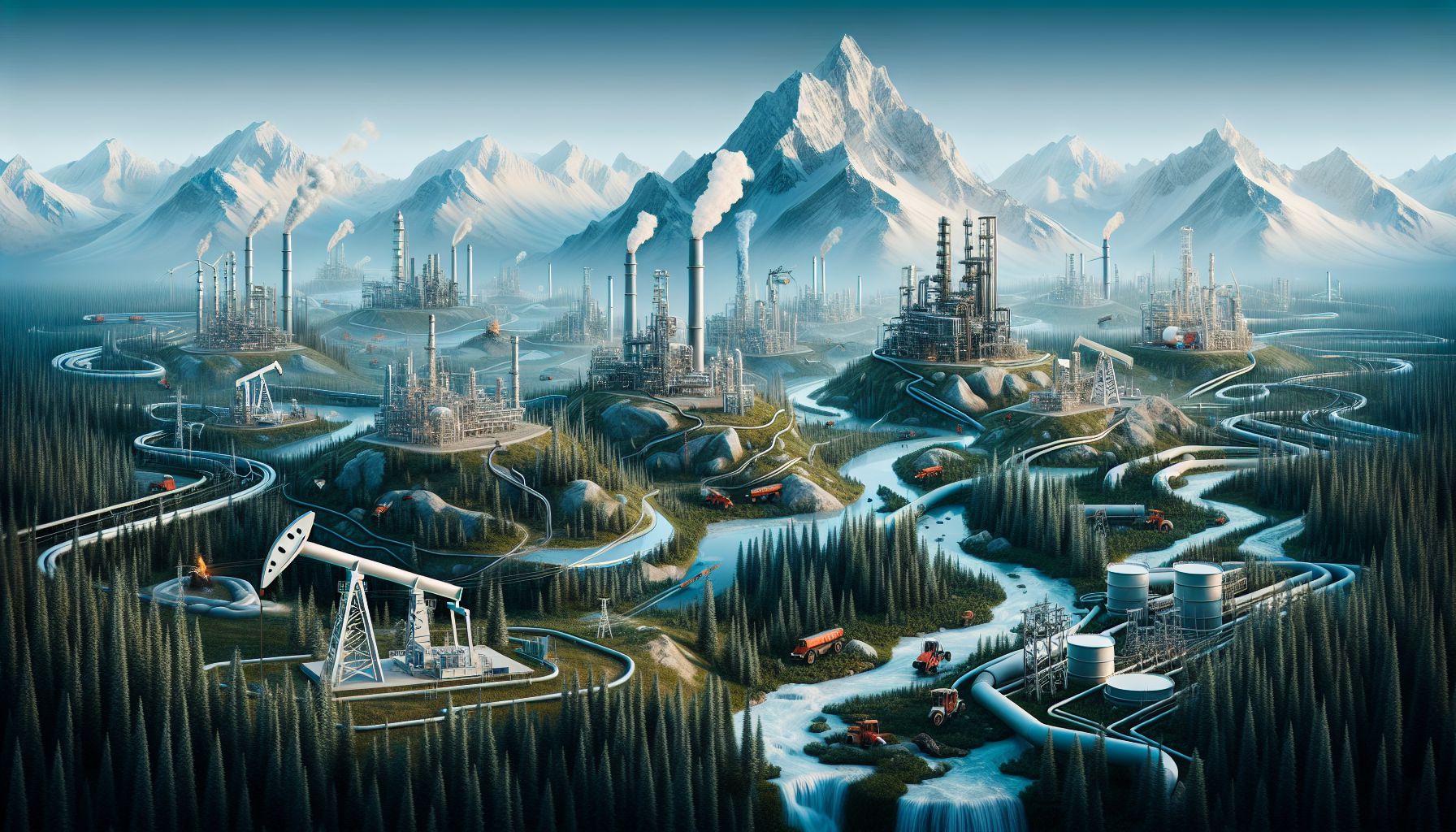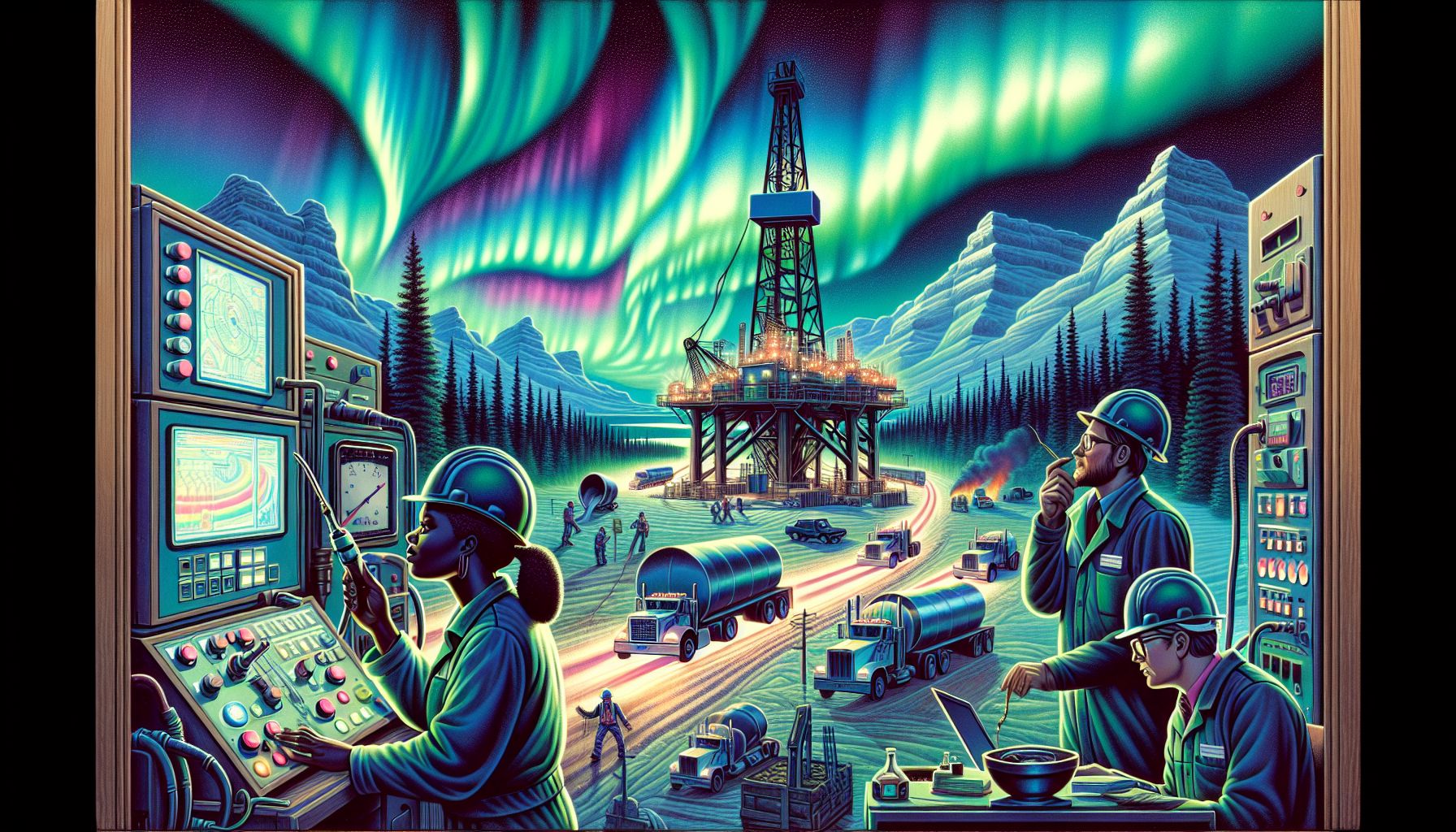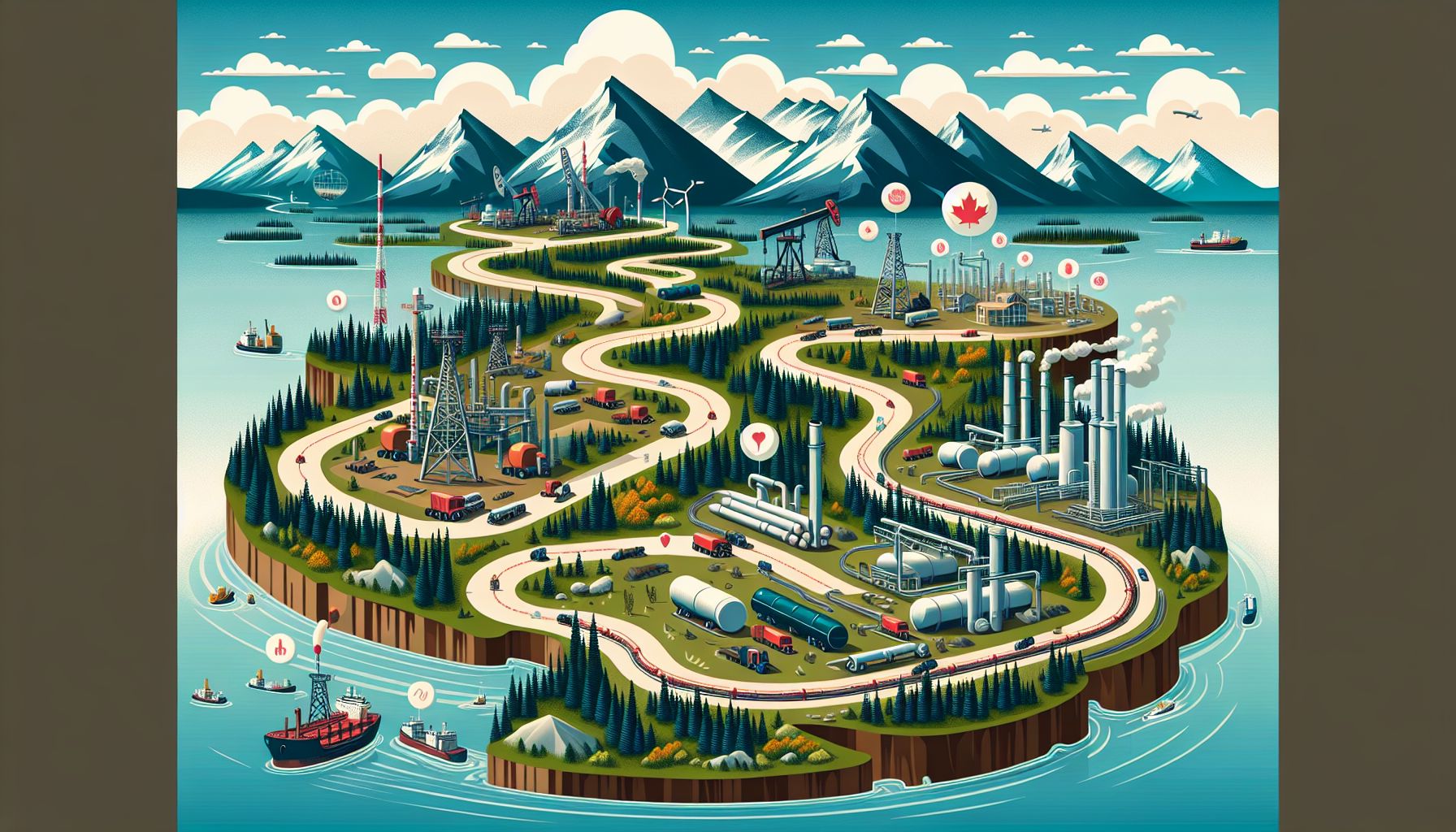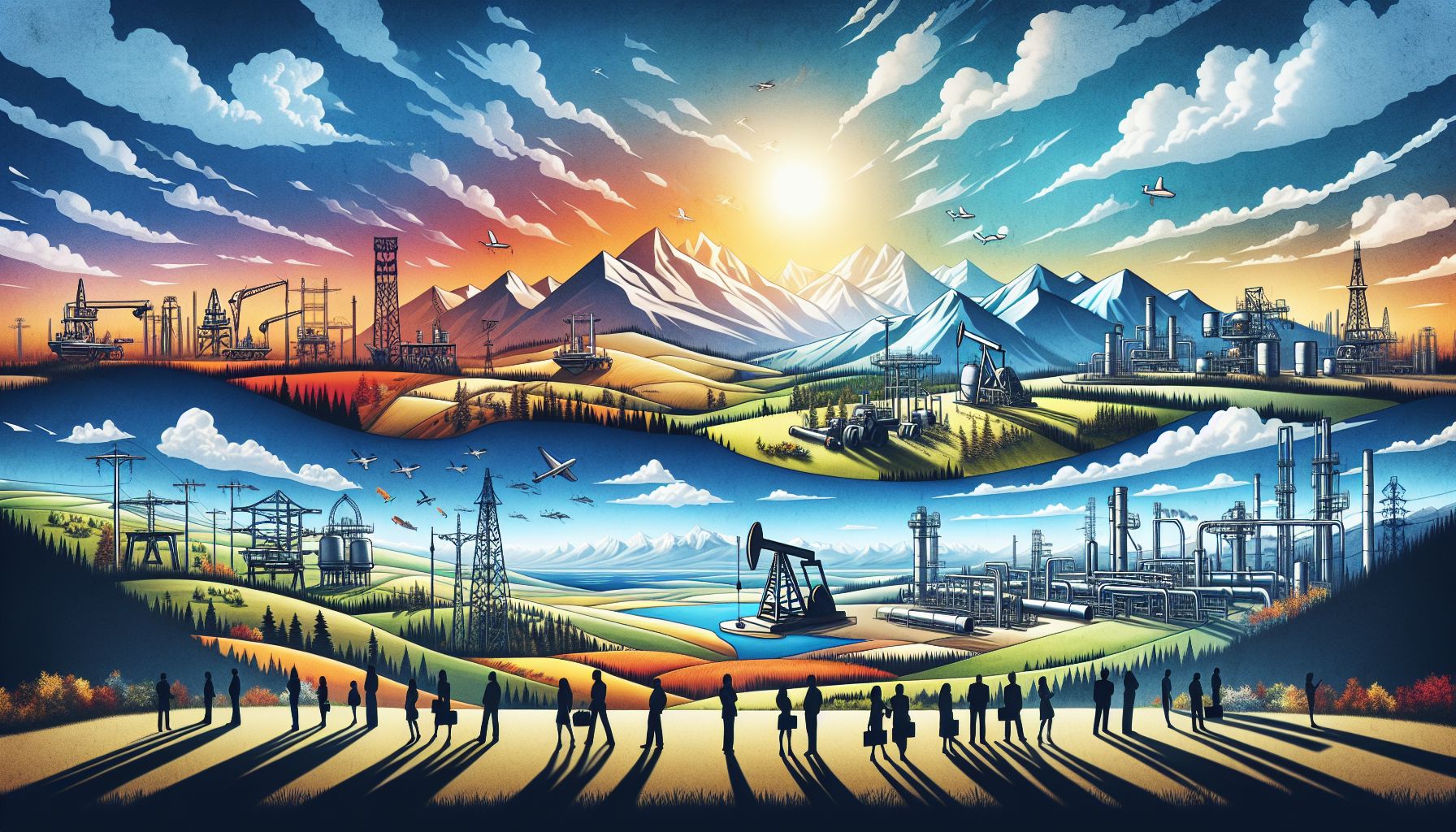Canada’s oil and gas industry is one of the most dynamic and vibrant sectors in the country, with a rich history dating back to the early days of exploration and development. The industry plays a crucial role in driving the Canadian economy, providing jobs, revenue, and energy resources to both domestic and international markets. However, like any industry, the oil and gas sector is not without its challenges and complexities. In recent years, the industry has faced a series of obstacles that have reshaped the landscape and forced companies to adapt and evolve in order to survive and thrive in a rapidly changing environment.
One of the biggest challenges facing the Canadian oil and gas industry is the ongoing debate around environmental sustainability and climate change. As the world grapples with the urgent need to transition to a low-carbon economy, the oil and gas industry has come under increasing scrutiny for its contribution to greenhouse gas emissions and environmental degradation. This has led to a growing demand for cleaner, more sustainable energy sources, putting pressure on oil and gas companies to invest in renewable technologies and reduce their carbon footprint.
In addition to environmental concerns, the Canadian oil and gas industry also faces economic challenges, including fluctuating oil prices, regulatory uncertainty, and market volatility. The industry is highly dependent on global oil prices, which can be influenced by a wide range of factors, including geopolitical events, supply and demand dynamics, and macroeconomic trends. This makes it difficult for companies to predict future revenues and plan for long-term growth, leading to heightened levels of uncertainty and risk.
Despite these challenges, the Canadian oil and gas industry remains a key driver of the economy, contributing billions of dollars to GDP and supporting hundreds of thousands of jobs across the country. The industry has also made significant advancements in technology and innovation, allowing companies to extract oil and gas more efficiently and sustainably than ever before. This has helped to improve productivity, reduce costs, and minimize environmental impact, while also opening up new opportunities for growth and diversification.
As the industry continues to evolve and adapt to a changing market landscape, companies must remain agile and forward-thinking in order to stay competitive and resilient in the face of adversity. This requires a willingness to embrace new technologies, invest in research and development, and collaborate with industry partners and stakeholders to find innovative solutions to complex challenges. By doing so, the Canadian oil and gas industry can continue to play a vital role in driving economic growth, creating jobs, and meeting the energy needs of a rapidly changing world.






